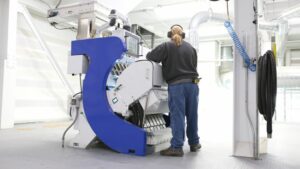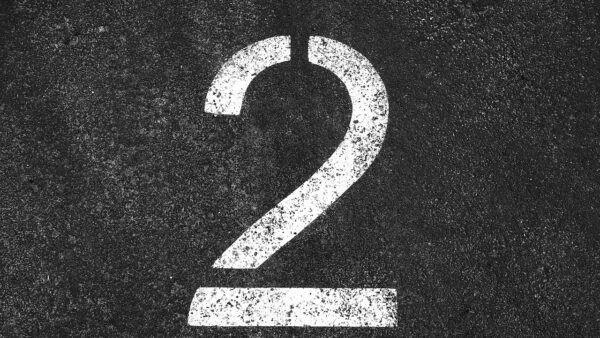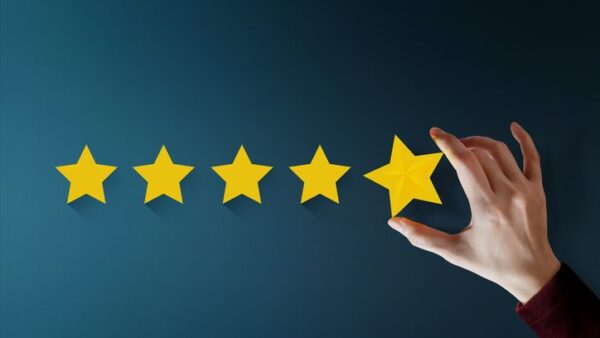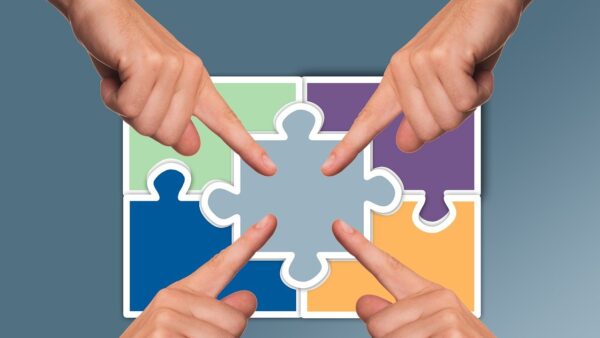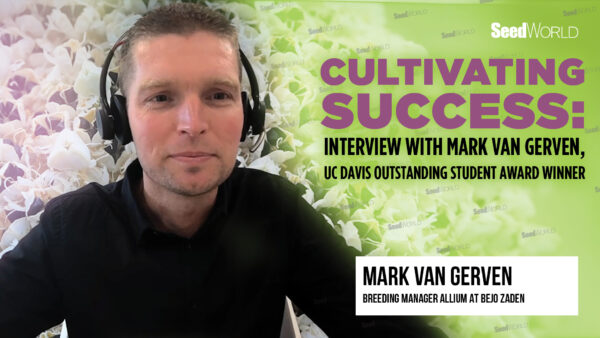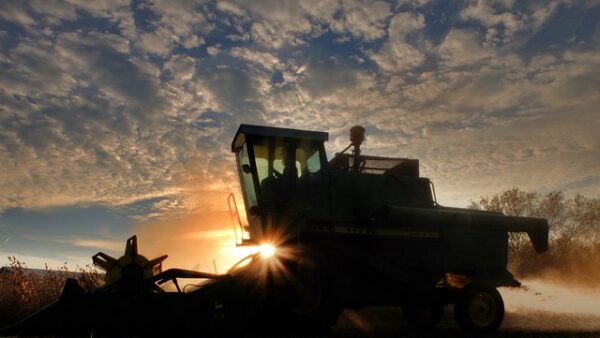In the seed industry, physical safety measures are a given, but mental health risks often go unaddressed.
It’s time to create systems and expectations that ensure both the physical and mental well-being of employees. Here’s how leaders can begin this important shift.
Safety is the number one priority for every organization. Given the inherent dangers in many aspects of agriculture production and manufacturing, we must build expectations and systems that guide or mandate behaviors. However, we tend to give almost all of our focus to preventing physical harm, often forgetting about mental harm that might be caused by work conditions.
Handling Seasonal Peaks and Work Cycles
What intentional processes have you developed in your workplace to protect the mental health and safety of employees?
An obvious place to start is the number of hours or travel required at seasonal peaks. Most production ag employees know that work comes in cycles. During most of the year, employees wear multiple hats at work and home. During these peaks, they must turn off those other roles leading to undue pressure or guilt that they are not fulfilling the other roles. What guidelines and support do you have in place to ensure that all of your employees are able to handle the multiple roles during these peak times?
Challenging Historical Notions of Work Ethic
Just like building guidelines for physical safety. Start by challenging the historical heroism you may have around work ethic. Since it is hard for individual employees to challenge cultural expectations, company leaders should take it upon themselves to examine, for example, whether the work is getting spread over 12 hours or if it could safely get done in 10 or less. Or what would be the impact of ½ FTE employee. Just as we don’t want employees physically tired, we don’t want them mentally tired. Consider mandatory days off, additional automation, and be aware of the behaviors that overtime pay promotes.
Mental Harm From Workplace Interactions
Most mental harm unfortunately comes from our interaction with other people. Unlike physical harm, a single negative emotional incident with a co-worker or supervisor is recoverable. However, like repetitive motion injuries, continuous negative working conditions can wear on mental well-being. Such small, repeated injuries can be from boredom; a lack of fit in the culture; not having our talents used or ideas recognized. More serious to mental well-being is a constant threat of being undermined by a team member or manager; ambiguity in one’s role, or a lack of organizational stability.
External Pressures Contributing to Mental Harm
Conditions outside of work can also be mentally taxing. The sources of mental harm could be very long. Therefore, it’s not easy to create an SOP for every potential hazard. Instead, it should be a standard practice safety for each team leader to have a direct pulse on the mental well-being of every team member. This happens by asking—asking regularly, repeatedly and confirming that it has been done. It should also be standard practices about positive mental health and safety just as we do physical health and safety.
You are likely one of the most important people at work to your team member. Be aware of their life outside of work. Be aware of the nature of their interactions with team members. Know that caring for the physical and mental well-being of your employees is your priority.
Mental Health Extremes and Resources
Like physical health topics, mental health can span from the ergonomical discomfort to life-threatening. I do not want to suggest that work conditions lead to suicide and that anyone should take the blame for suicide onto themselves. Suicide is beyond our scope to prevent ourselves. If you or someone you know is contemplating suicide, please call the National Mental Health Hotline at 866-903-3787 or call or text 988. You may also visit http://mentalhealthhotline.org. For emergencies, call 911.



